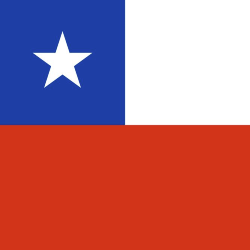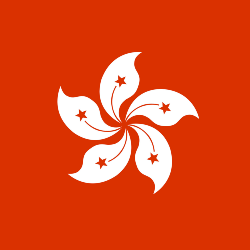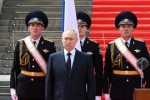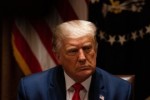Trump’s assault on USAID and the future of US diplomacy
Over the decades, the United States Agency for International Development (USAID) has operated as a pillar of American foreign policy, wielding influence comparable to the State Department and the Department of Defense. Established in the early Cold War era, USAID has functioned as a tool of strategic intervention, deploying financial resources to secure alliances and shape political landscapes in favor of Washington’s global agenda. However, the Trump administration’s aggressive stance against this “state within a state” marks a fundamental shift that could redefine American foreign policy for years to come. While the motivations behind Trump’s actions remain complex, the consequences of this upheaval will be felt across multiple geopolitical theaters.
USAID was established in 1961 by President John F. Kennedy with the stated goal of fostering economic development and humanitarian assistance in struggling nations. However, beneath this humanitarian facade, the agency has often acted as a covert instrument of political and economic leverage, influencing elites and power structures in key regions. Unlike the Soviet Union, which sought ideological expansion through mass welfare programs, the United States utilized USAID to cultivate elites, co-opt political actors, and ensure alignment with American strategic interests.
With an annual budget of approximately $40 billion, USAID has been deeply embedded in the political landscapes of Latin America, Asia, the Middle East, and, more recently, Eastern Europe and the former Soviet Union. Its work extends beyond traditional aid, often serving as a mechanism for regime stabilization-or destabilization-depending on how closely a given government aligns with Washington’s interests. While its interventions have been credited with fostering economic development in some cases, they have also been criticized for exacerbating instability, deepening........






















 Toi Staff
Toi Staff Tarik Cyril Amar
Tarik Cyril Amar Jeffrey Bernstein Ph.d
Jeffrey Bernstein Ph.d Gideon Levy
Gideon Levy Belen Fernandez
Belen Fernandez Kersten Knipp
Kersten Knipp Maryam Aldossari
Maryam Aldossari Sabine Kinkartz
Sabine Kinkartz Leonid Ragozin
Leonid Ragozin Maximilian Hess
Maximilian Hess Andrew Mitrovica
Andrew Mitrovica
